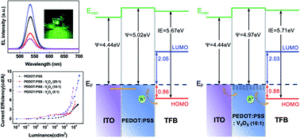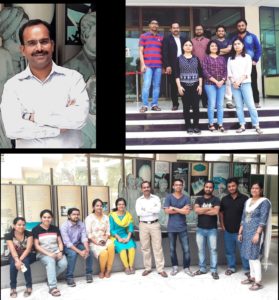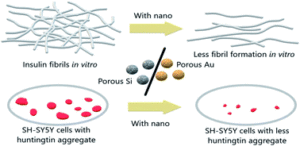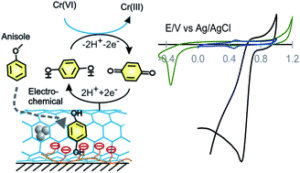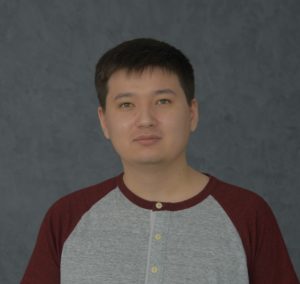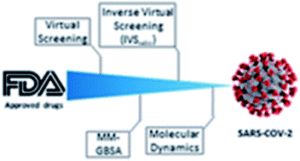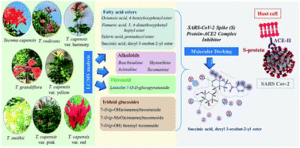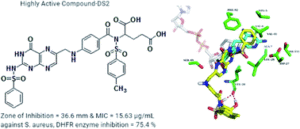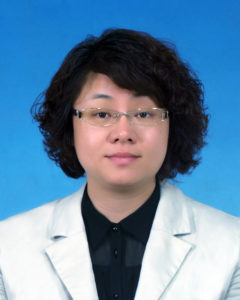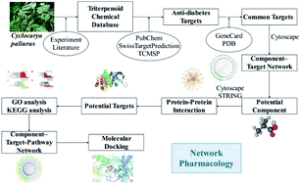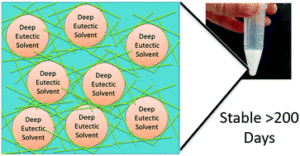We are very pleased to introduce Seong Jun Kang and Jae Seung Shin, corresponding and first authors of the paper ‘Improving the performance of quantum-dot light-emitting diodes via an organic–inorganic hybrid hole injection layer‘. Their article has been very well received and handpicked by our reviewers and handling editors as one of our January HOT articles. The authors told us more about the work that went into this article and what they hope to achieve in the future. You can find out more about their article below and find more HOT articles in our online collection.
Meet the authors
 Seong Jun Kang received his B.S., M.S. and Ph.D. degrees in Physics from Yonsei University. In 2005, He joined in University of Illinois at Urbana Champaign as a postdoctoral research associate, where he was involved in research of flexible and stretchable electronic devices based on carbon nanomaterials. In 2007, he joined Korea Research Institute of Standards and Science as a research scientist. From 2010, he joined to the Department of Advanced Materials Engineering for Information and Electronics at Kyung Hee University, where he has been an associate professor since 2014. His research interests focused on transparent, flexible and stretchable electronics based on nanomaterials, such as carbon nanotube, graphene and quantum-dots. Also, he focused on the study of interfacial electronic structures between nanomaterials for the high-performance optoelectronics.
Seong Jun Kang received his B.S., M.S. and Ph.D. degrees in Physics from Yonsei University. In 2005, He joined in University of Illinois at Urbana Champaign as a postdoctoral research associate, where he was involved in research of flexible and stretchable electronic devices based on carbon nanomaterials. In 2007, he joined Korea Research Institute of Standards and Science as a research scientist. From 2010, he joined to the Department of Advanced Materials Engineering for Information and Electronics at Kyung Hee University, where he has been an associate professor since 2014. His research interests focused on transparent, flexible and stretchable electronics based on nanomaterials, such as carbon nanotube, graphene and quantum-dots. Also, he focused on the study of interfacial electronic structures between nanomaterials for the high-performance optoelectronics.
 Jae Seung Shin received his B.S., and currently pursuing his Master’s degree in Advanced Materials Engineering for Information and Electronics from Kyung Hee University, Korea in 2020. His research interests are the development of optoelectronics based on quantum-dots and oxide semiconductors.
Jae Seung Shin received his B.S., and currently pursuing his Master’s degree in Advanced Materials Engineering for Information and Electronics from Kyung Hee University, Korea in 2020. His research interests are the development of optoelectronics based on quantum-dots and oxide semiconductors.
Could you briefly explain the focus of your article to the non-specialist (in one or two sentences only) and why it is of current interest?
Quantum-dot light emitting diodes(QLEDs) are considered as a next-generation display due to its vivid color and stability. The goal of our research was to improve the device performance using a mixture of conductive polymer and metal oxide.
How big an impact could your results potentially have?
Our results provide that performance and stability can be improved by applying an organic-inorganic hybrid hole injection layer to the QLED structure, and furthermore, it can be easily fabricated with a single-layer hole injection layer.
Could you explain the motivation behind this study?
To develop a high-performance QLEDs with a high-stability, it is important to charge injection and transport behavior. Therefore, we suggest a new type of organic-inorganic charge injection materials.
In your opinion, what are the key design considerations for your study?
A key design consideration in this study is to find the optimal V2O5 mixture concentration.
Which part of the work towards this paper proved to be most challenging?
Including vanadium ions into the polymer during the synthesis of organic-inorganic hybrid hole injection materials was the most challenging part.
What aspect of your work are you most excited about at the moment?
We are excited about the remarkable improvement in the operational lifetime of PEDOT:PSS-based devices due to the inorganic mixture.
What is the next step? What work is planned?
We are currently working on doping metal into hole injection materials to improve the charge balance of QLEDs.
Improving the performance of quantum-dot light-emitting diodes via an organic–inorganic hybrid hole injection layer
Jae Seung Shin, Tae Yeon Kim, Su Been Heo, Jong-Am Hong, Yongsup Park and Seong Jun Kang
RSC Adv., 2021,11, 4168-4172
DOI: 10.1039/D0RA10422A, Paper
 Submit to RSC Advances today! Check out our author guidelines for information on our article types or find out more about the advantages of publishing in a Royal Society of Chemistry journal.
Submit to RSC Advances today! Check out our author guidelines for information on our article types or find out more about the advantages of publishing in a Royal Society of Chemistry journal.
Keep up to date with our latest HOT articles, Reviews, Collections & more by following us on Twitter. You can also keep informed by signing up to our E-Alerts.


